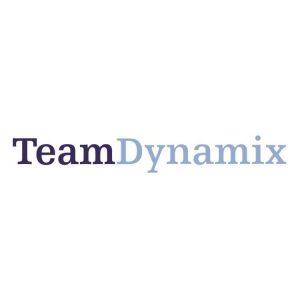Cloud computing can help governments at every level do more with less with their IT, according to four experts on public-sector technology.
During GovLoop’s latest online training, “3 Ways to Improve IT Resource Constraints,” all four speakers argued that cloud can give agencies a powerful platform for managing their projects and services.
“The larger your organization gets, the harder it is to show a consolidated place where everything is,” said Edward Dowgiallo, a government IT architect. “Platforms are a way to leverage some commonalities and bring things to market. You’re reducing your technology footprint.” Dowgiallo is an architect for the Transportation Department’s (DOT) Office of the Chief Information Officer (CIO) and the Federal Transit Administration’s (FTA) Office of Information Technology (IT).
Andrew Graf, Chief Product Strategist at TeamDynamix, said that cloud offers agencies a flexible platform for creating, launching and managing applications for delivering public services. “One thing to consider with the platform is how easy it is to grow and maintain,” Graf said. “The more code and structuring, the more it rolls back downhill to IT. It has to be easy for these business units to build on their own and set something free.”
TeamDynamix provides cloud-based project and management solutions, such as the platforms discussed during GovLoop’s online training.
Cloud and IT modernization are hot topics in government as many federal, state and local agencies seek ways to transition away from legacy tools that aren’t meeting their evolving needs.
One of the big drivers is that citizens have grown accustomed to receiving products and services digitally from the private sector, and they expect the same options from the public sector. The demand for digital products and services is creating more IT projects for agencies nationwide, and it’s also raising the need for personnel who can work on them.
Despite this, agencies of all stripes have limited budgets, manpower and time to tackle ever possible IT initiative. Dina Babsky said she has encountered this dilemma serving as the head of Las Vegas’ Client Services Division.
“We noticed our portfolio was expanding and so was the demand for our applications,” she said. “We don’t have a set number of applications we’d like to support. We do have redundant applications we would like to no longer have. To tell you the truth, we have three or four applications that do the same thing.”
Babsky estimated that Las Vegas currently has 400 apps, adding that the city could save significant money and time by reducing that amount.
“If we attack the low-hanging fruit right now, we can easily slash $1 million in support by the next quarter,” she said.
Barry Cousins, Senior Director at the Info-Tech Research Group, said that another benefit of adopting cloud is that it gives agencies a platform for understanding their administrative costs. Info-Tech Research Group is an IT research and advisory group that works with public-sector entities.
“How are you measuring your supply and how are you managing your demand?” Cousins asked agencies. “In short, [agencies] need to improve their portfolio management. Many people aren’t measuring either.”
Graff then argued that cloud can help agencies take better stock of their IT projects and services so that they can handle them more efficiently.
“It’s a simple inventory into what’s going on,” he said. “It doesn’t have to be a boil-the-ocean approach. Baby steps help. Let’s attack big problems as simply as possible.”






Leave a Reply
You must be logged in to post a comment.